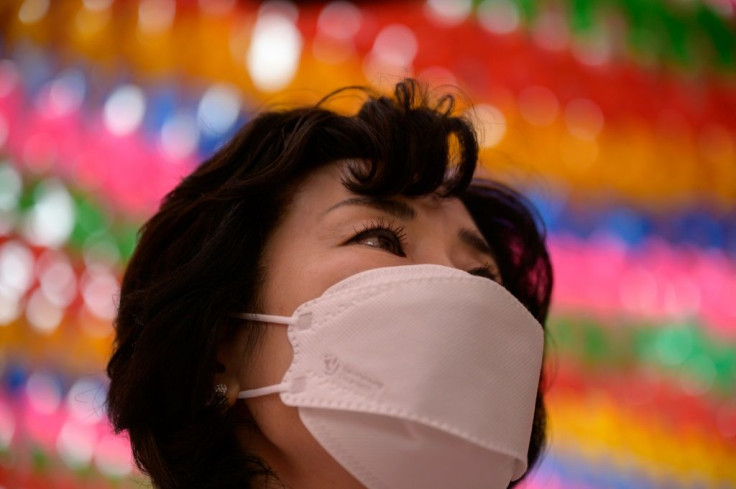Talking Produces Coronavirus Droplets That Can Linger In Air Up to 14 Minutes

Coughs and sneezes might not be the only way individuals transmit infectious pathogens including the deadly novel coronavirus to each other. Talking is also potentially likely to launch thousands of aerosol particles that are so tiny that they remain suspended in the air for as long as eight to 14 minutes, mentioned recent research.
The research published in the Proceedings of the National Academy of Sciences might explain how individuals with mild or no symptoms might be infecting others who they come into close quarters including offices, homes, cruise ships, and other confined spaces.
However, the findings will need to be replicated in more real-world circumstances. Researchers are yet to really understand the amount of virus required to be transmitted from one person to another in order to cause an infection.
The finding that the coronaviruses can transmit via talking to one another can strengthen the case for wearing PPE such as masks and taking other precautionary measures in such environments to reduce the spread of COVID-19.
The study:
The researchers used an intense sheet of laser light to visualize bursts of speech droplets produced during repeated spoken phrases. They then derived quantitative estimates for both the number and size of the speech droplets that remained airborne. The participants were asked to speak into the open end of a cardboard box and the researchers illuminated its inside with green lasers and tracked the bursts of droplets the person produced while speaking.
The findings revealed the following:
- The laser scans recorded about 2,600 tiny droplets per second while a person spoke
- Speaking louder could generate larger droplets as well as greater quantities of these droplets
- Just one minute of loud-speaking could generate at least 1,000 virus-containing speech droplets
- These droplets shrink upon dehydration as soon as they leave an individual’s mouth, but they float in the air for about eight to 14 minutes
The researchers are yet to understand whether all speech, sneeze, and cough droplets carrying the pathogens are equally infectious or if a specific amount of the deadly novel coronavirus needs to be transmitted for a person to get sick from it.
Based on this and other evidence, it would be wise to avoid extended face-to-face conversations with other people unless you are far apart and in a well-ventilated space, including outdoors,” Linsey Marr, a professor of civil and environmental engineering at Virginia Tech told the New York Times.
© Copyright IBTimes 2025. All rights reserved.






















